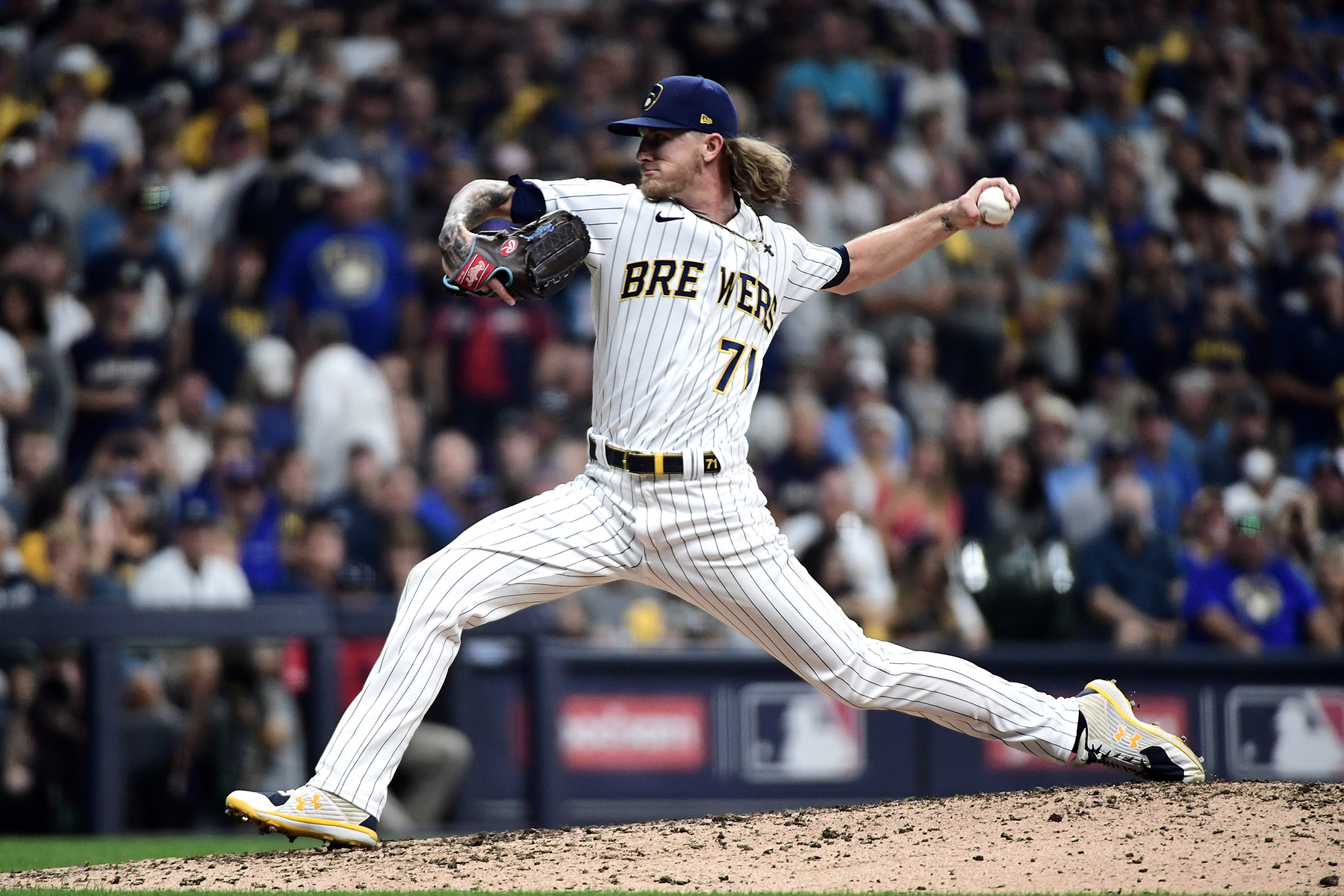
Gone are the days of a lefty striding confidently in from the bullpen with just one job: get the next guy out. MLB implemented its 3-batter rule change (effective with the start of the 2020 season, and now most assuredly permanent) to make the game move faster and ensure more runs are scored. Whether it’s actually working? That’s still up for debate.
That said, these changes have forced coaching staffs to think more analytically than ever. Focusing more on versatile arms and smart player rotations. Building a bullpen for today’s game means testing pitchers’ limits and going back to the basics of what makes a reliever successful.
So how do teams build a top-tier bullpen? And what should we be looking at?
Talent, Cost, and Development
To begin, let’s not ignore the fact that with relief pitching you typically get what you pay for. Even teams with deep pitching staffs aren’t usually grooming their top prospects for bullpen roles. Most of the high-potential arms in the minors are being prepped as starters. So when you’re analyzing bullpens, you’re often dealing with an even higher level of uncertainty.
Managing a bullpen might be the single most important factor in a team’s overall success. Especially late in the season, when arms are tired, starters are breaking down, and the unexpected becomes the norm. These moments stress a bullpen but also give sharp observers opportunities to spot when a team might be headed for trouble.
What Stats Really Matter?
People often ask: do relief pitching analytics even matter? Aren’t the sample sizes too small? How does season-long relief pitcher data help me right now?
Whether you're a stats nerd like us, into sports betting, daily fantasy, or just love the game, understanding a bullpen’s potential is key. By combining a few basic analytics, current team conditions, and some critical thinking, you can build a solid snapshot of how a bullpen is likely to perform on any given day.
Everyone has their preferred stats: xFIP, SIERA, zone-contact %, or even ERA (yes, some still stand by it). Whatever works for you is fine. But we’ve put together a few metrics here, specifically tailored to bullpens, that you won’t find anywhere else.
Overall Effectiveness
ITP is BACK for the 2025 Season!
After taking a season off, this site is back and will be active beginning on day 3 of the new MLB season once we have the initial stats to analyze from the opening day games.
We appreciate your patience and support, and look forward to rolling out a number of new features over the next few weeks.
Our Vision For This Site
We’ve been avid sports enthusiasts and MLB “stats guys” for many years, and we know there are certainly plenty of tools available for all types of baseball analytics and breakdowns.
What we could not find though, was a site that encapsulated the effectiveness of team bullpens. Sure, there are plenty of sites that have advanced Statcast data and include relief pitchers